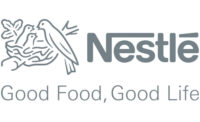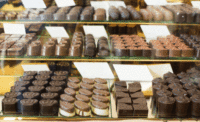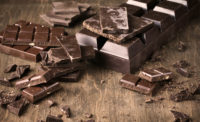
|
| Scientists for Nestlé and the European Space Agency study foam composition in zero gravity. Photo courtesy of Nestlé. |
By using space-age technology, Nestlé hopes to “bubble over” with a new understanding of the function of foam in food
Scientists from the manufacturer’s Swiss research center and the European Space Agency (ESA) are conducting experiments in zero gravity in search of “the perfect bubble,” or one that will stay stable when foam is used in food products.
Under gravity, foam can collapse as its liquids flow downward, leaving little to support its bubbles. Nestlé hopes studying foam in zero gravity — when the even dispersion of bubbles makes foam stable — will help the company avoid foam breakdown iin their chocolate, coffee dairy and pet products.
“We want to make a near to ‘perfect bubble’ in order to achieve the right balance for different products in our range — not too big, not too small,” says Nestlé scientist Cécile Gehin-Delval.
For the experiment, researchers created six 5 ml samples of water and milk protein solutions and put them in a device that analyses foam structure. Then, they flew the device at 28,000 ft. on the ESA’s A300 Airbus plane.
While in the air, the plane made 20-second dips, or ‘parabolas,’ that created weightlessness in the cabin. Scientists then observed the foam during the short intervals of zero gravity.
Though Nestlé still hasn’t come to any conclusions, they hope their efforts will lead to better products.
“Gaining a better understanding of foam may help improve the texture of our products,” Gehin-Delval says.
Nestlé, manufacturer of brands including Butterfinger, Bottle Caps and Nescafé, began research in space in the late 1980s.










